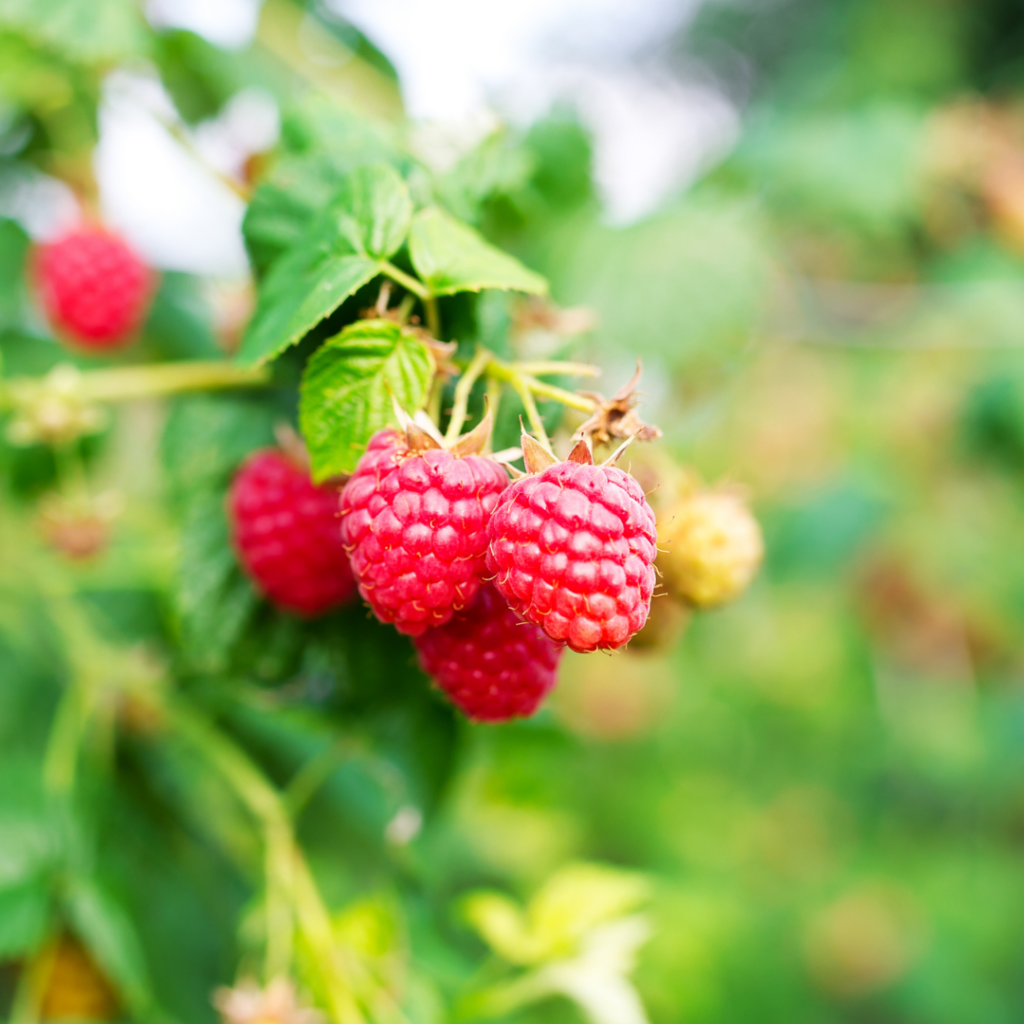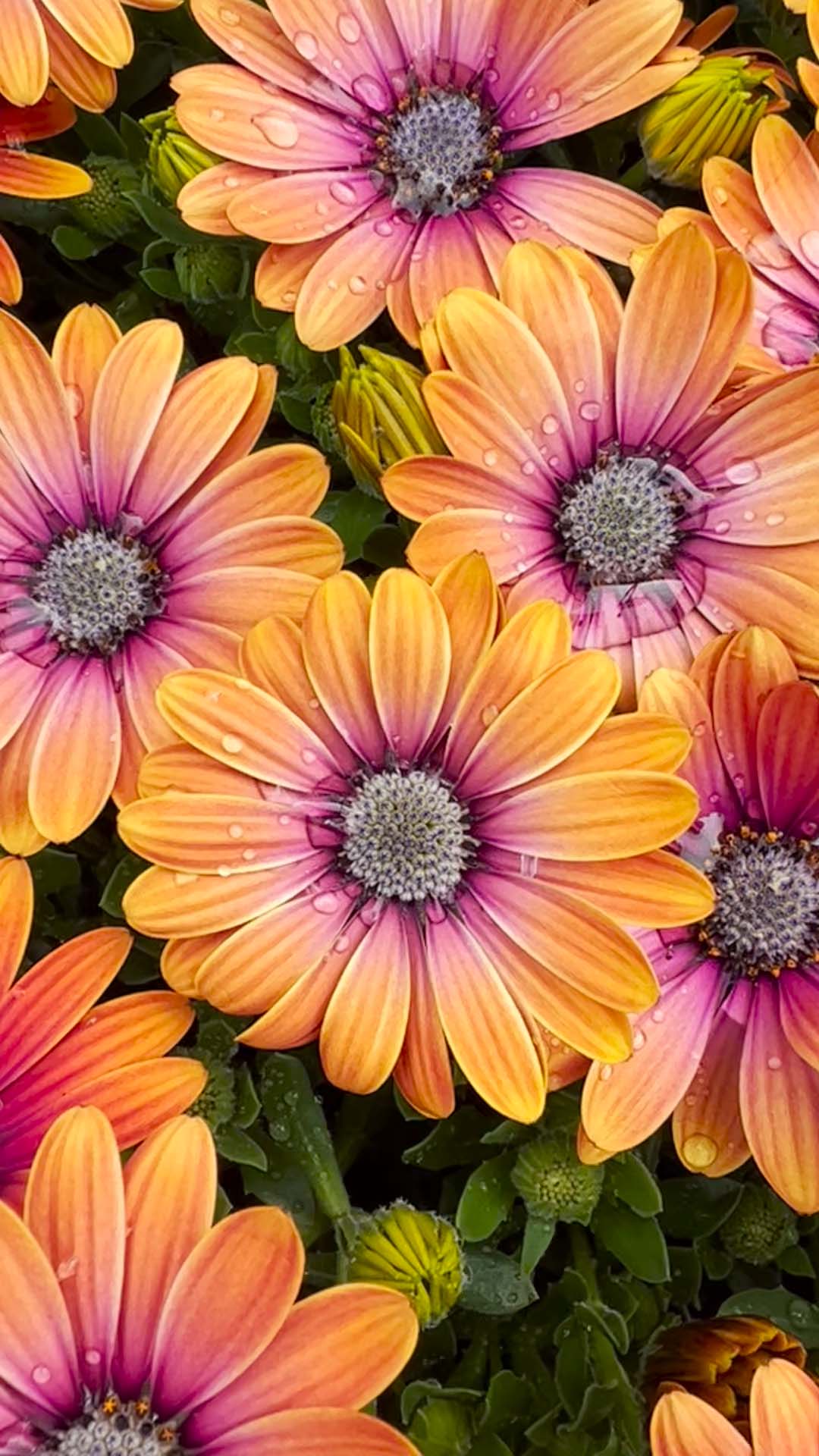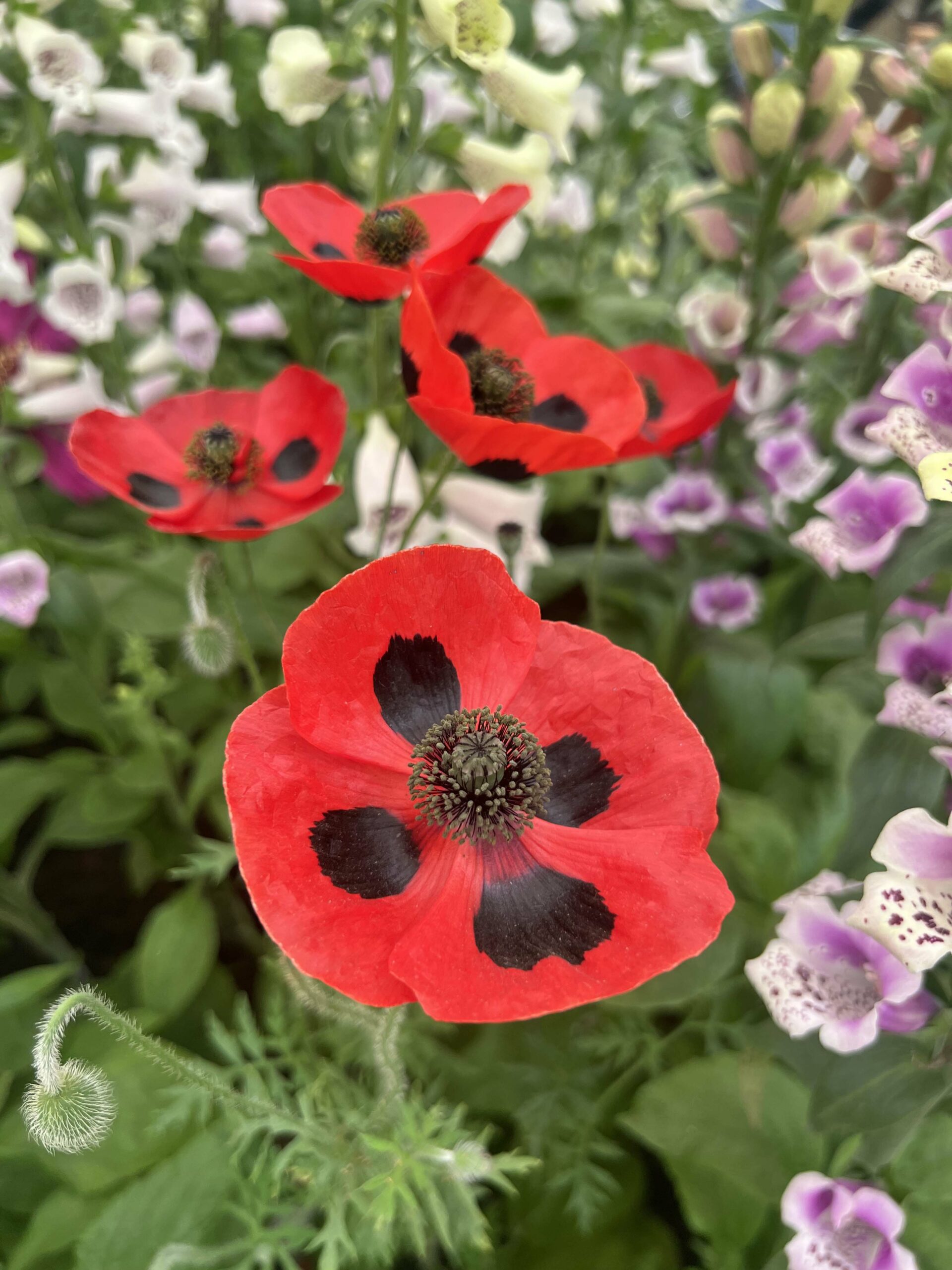Blog, Gardening Advice
3 Ways to Encourage Children to Care For Bees
“Crops that depend on pollination are five times more valuable than those that do not. Bees are amazing creatures that play a vital role in our ecosystem and food production. They deserve our care and respect. By helping bees, children can learn more about nature and develop compassion and love for these incredible creatures and also, it helps children get creative by helping out in the garden.”
Bees are threatened by increased habitat loss, climate change, pesticides, parasites and diseases.
Celebrate #WorldBeeDay on the 20th May with us by encouraging them to your garden with our top tips!

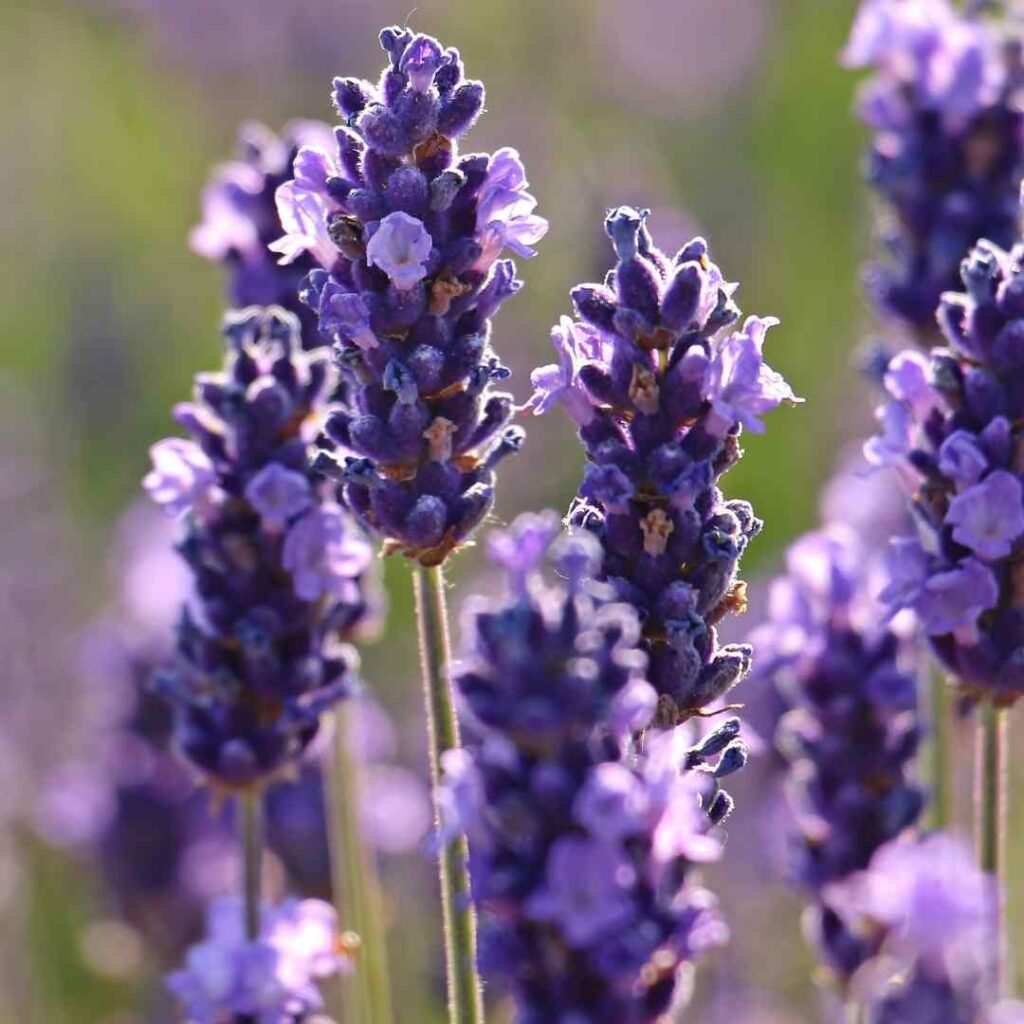
GROWING HERBS
Engaging in gardening is an excellent opportunity for children to participate in a rewarding activity. It not only helps with their understanding of the environment but also promotes physical exercise and instills a sense of responsibility.
Gardening with children provides a valuable chance for them to delve into nature and gain insights into various plants and flowers.
Josh says, “Planting and growing herbs is a great activity for children, it gives them an opportunity to nurture something of their own and gain a sense of achievement by planting herbs whilst helping bees in the process.”
Lavender
Lavender is a beautiful herb that has a variety of different uses as well as being very attractive to bees. Lavender blooms purple or pink fragrant flowers that bees adore.
Lavender can be planted in a variety of locations, it also looks beautiful wherever you plant it! Lavender thrives in direct sunlight, well-drained soil and a neutral soil pH.
Lavender can be grown on a border or in containers or pots. Container growing is ideal for children as it enables them to understand what is necessary for successful planting. They can even write their name on their container to be able to keep an eye on their hard work! If you plant in a clear pot, you may be able to spot the roots growing which will give your child a sense of achievement as they can see what their hard work has achieved.
When pruning your lavender, you can cut back about a third of the stems with scissors or shears, leaving some green foliage on the plant. This will teach children how to properly care for their lavender and to keep bees visiting. Your child will need a watchful eye during this activity.


SAGE
Sage plants can be grown from seeds or cuttings indoors and can be moved outdoors during warmer spring weather. Sage grows grey-green leaves and purple, pink or white flowers that attract bees and other pollinators.
- Sage also needs direct sunlight to thrive, well-drained soil and a neutral soil pH.
- Sage plants need pruning after flowering to keep them compact and prevent them from becoming overgrown.
- Sage can also be grown in small pots.
Josh says “When your herbs are grown, you can also use them in your cooking! This will teach children that plants have multiple uses. Be careful not to cut too many flowers away as this will limit bee pollination. Growing herbs is a great activity for children to get involved in. Herbs are easy to grow and maintain, making them an ideal choice for young, keen gardeners.”
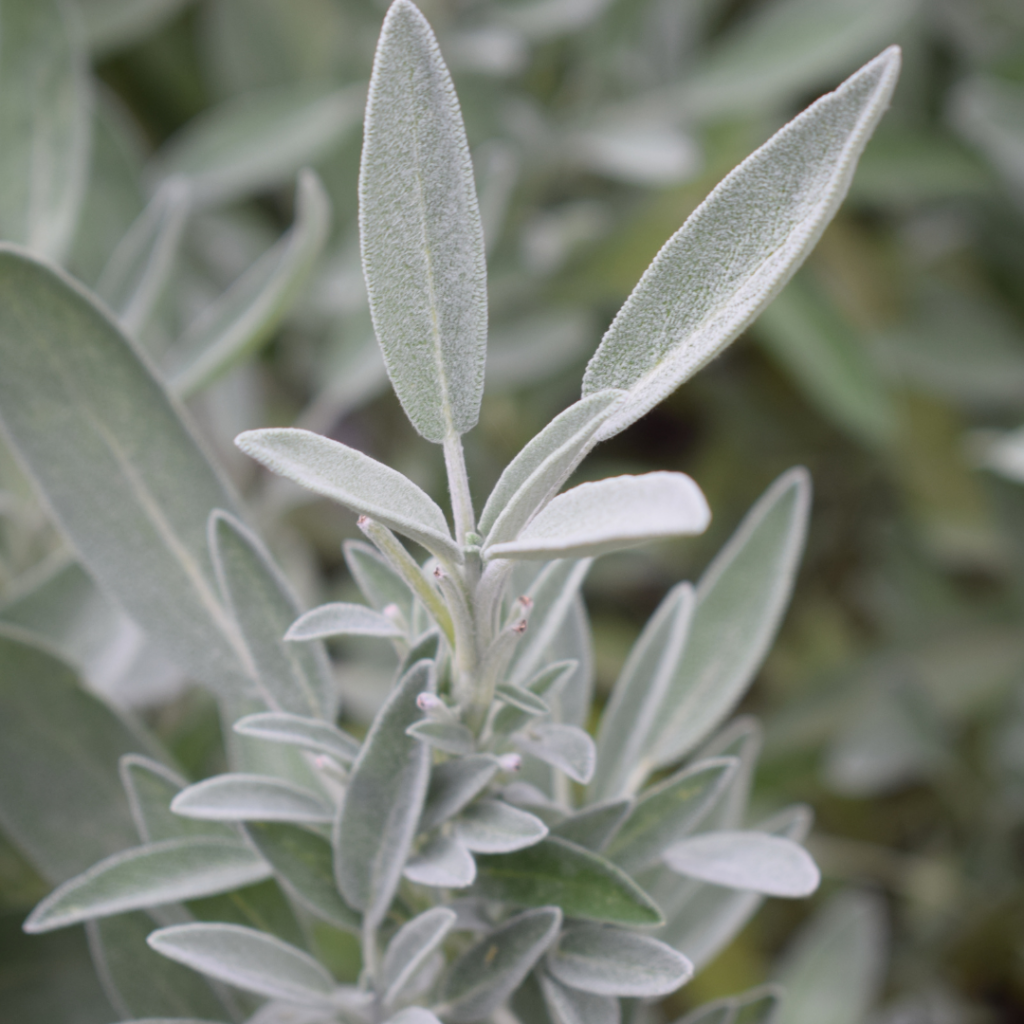
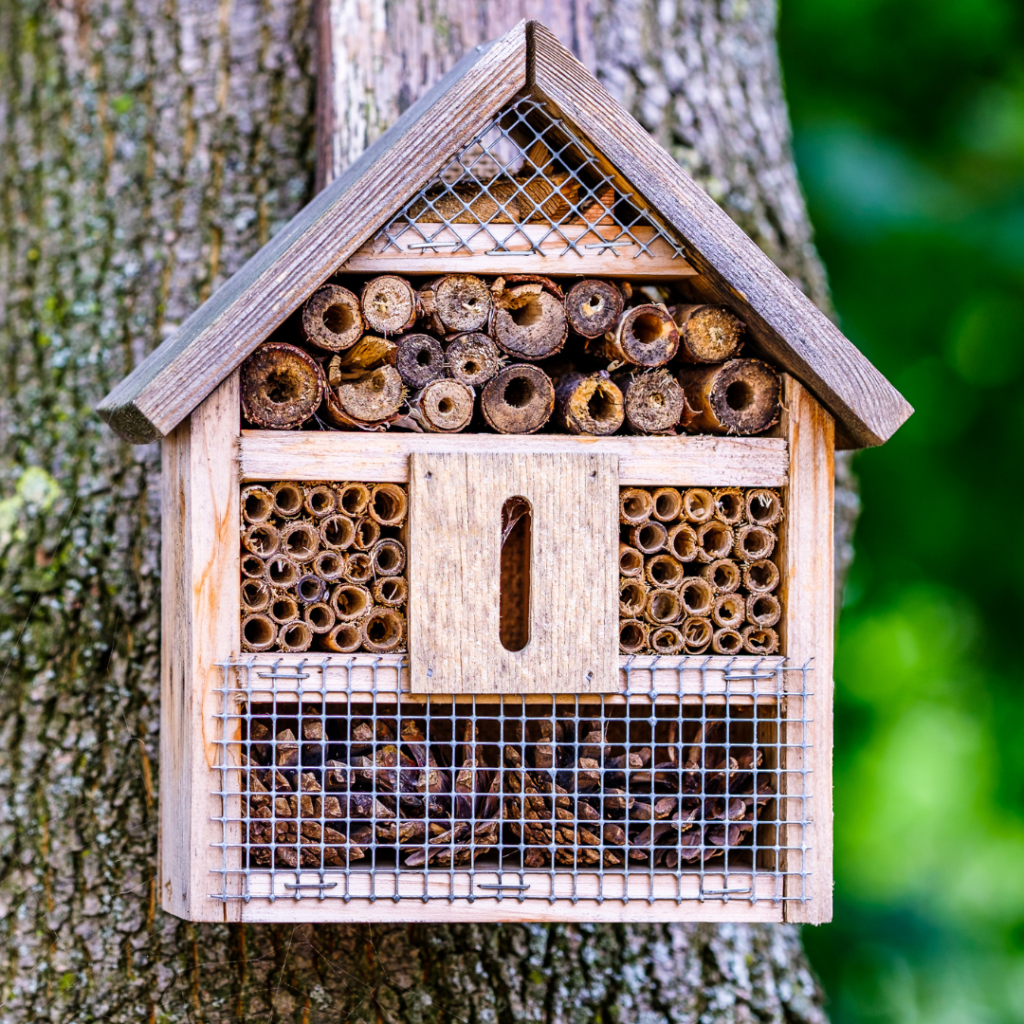

BUILDING A BEE HOUSE
Josh says, “Finding a structure for your bee house can be a challenge, but there are ways you and your child can upcycle with bits and pieces from your garden. Bees keep flowers and vegetation fertilised and diverse, creating attractive and healthy ecosystems”
What you can use:
- Anything with a box-like structure such as an old wooden window planter that is in decent condition and has the bottom removed or pallet wood arranged in a box-like structure.
- Using bamboo canes, you can place these horizontally in the box. You can tie the bamboo canes together with string and attach them to the box.
- Or, if you have a block of wood around 6-7 inches deep, you can drill large holes in it, making it an ideal space for bees.
Hang your bee house in a tree or some other place, such as on the side of a building or fence, where it will receive some direct sunshine but not too much wind. Being creative with your bee house building will encourage children to take an interest in bee behaviour and their natural need for shelter and food to be able to pollinate.
Josh says: “Building a bee house can not only get children interested in nature but provides a welcome shelter for bees. Some bees may not belong to a colony so this would provide a safe space for them. If you hang your bee house in a sheltered location with minimal disturbance, children will be able to see how they have contributed to helping bees by providing shelter for them.”
PLANT FRUIT BEARING TREES
Fruit trees and plants provide multiple benefits, both for bees and for promoting healthy eating habits among children. You can grow cherries, strawberries, and raspberries, which are healthy treats, and also, they provide plenty of pollination opportunities for bees.
Josh says, “Fruit benefits bees by being a rich source of nectar and pollen, which are their essential foods. Nectar is a sweet liquid that bees gather from flowers and make into honey. Pollen is a dusty substance that bees collect from flowers and feed to their young. Fruit also attracts bees to the garden, where they can fertilise other plants and help them bear more fruit. Not only does fruit attract pollinators to your garden, but fruit is also a healthy choice of food for children and is fun to pick!”
Making your garden a bee-friendly location with your children encourages them to experience personal growth, be educated on wildlife, improve gardening skills, give them a sense of achievement and above all, is fun!
